Life in the Semi-Desert
Willie Olivier
The Kalahari, one of the largest continuous stretches of sand in the world, extends across seven southern African countries. Covering most of Botswana, it extends into Zimbabwe, Zambia, Angola and as far north as the Congo River and reaches its southern extremity at the Orange River in the Northern Cape Province in South Africa.
In Namibia, the Kalahari covers much of the north of the country. But it is the southernmost reaches that are most intimately associated with the word Kalahari - a world of red sand dunes, age-old Camelthorns lining dry riverbeds and huge Sociable Weavers’ nests. Here the Kalahari penetrates up to 300 km westwards into Namibia and from the confluence of the Wit and Swart Nossob rivers, about 80 km south of Gobabis, it extends southwards for more than 250 km.
The southern Kalahari is a harsh land where only the fittest can survive. Water is a scarce and precious resource. Rainfall is highly unpredictable and erratic and years can go by without a single drop of rain falling on the parched earth. Temperatures can soar up to 45 °C in summer while surface temperatures can reach up to 70 °C. In winter again temperatures can plummet to well below zero.
Years of drought and hardship can give way to a time of abundance when the rains finally arrive. The virtually barren landscape is transformed into waving grasslands, while game populations that were depleted by the drought are given a new lease on life. Birds feast on the abundance of insects and seed while the resident bird numbers are boosted by migrants.
The extreme climatic conditions of the Kalahari demand great adaptations from the people, wildlife and plants to survive. Various groups of semi-nomadic hunter-gatherers, collectively referred to as the San, inhabited the Kalahari for thousands of years. Their intimate knowledge of the desert, scarce water resources, wildlife and food plants enabled them to live in harmony with their harsh environment. The San were disposed of their ancestral land when the southern Kalahari was carved up into commercial farms and they were reduced to farm labourers.
The area was also inhabited by the !Khara-khoen or Fransman Nama, who under the leadership of Simon Koper, engaged the Germans in several battles along the Auob River in 1905. Although the war officially ended on 31 March 1907, clashes continued in southern Namibia and Simon Koper and his followers took refuge in Bechuanaland (Botswana). Fifteen Schutztruppe were killed and 20 wounded when the Kalahari Expedition engaged Koper in Bechuanaland on 15 March 1908, while Koper’s force lost 59 men.
UNIQUELY ADAPTED
Despite the Kalahari’s semi-arid conditions it is home to a remarkable variety of plants that are adapted in many ways to survive in this harsh environment. Close to a third of the plant species are annuals with short life cycles. Seeds can lie dormant for years, waiting for the right amount of rain to fall, either continuously or within short intervals, before they germinate. While some plants have shallow, widely distributed root systems to absorb what little rain may fall, the roots of others extend deep into the Kalahari sand to tap into water stored deep underground.
Underground storage organs such as bulbs and tubers are yet another survival mechanism. These bulbs and tubers were important sources of food for the San people, while animals such as Gemsbok, Eland and Porcupine dig them up during droughts. Devil’s Thorns form dense canopies of bright yellow flowers after summer rains. Also emerging after the summer rains are the Gemsbok Cucumber, Small Wild Cucumber and Tsamma - plants which supplement the water needs of a wide range of animals - as well as a diversity of herbs and annuals.
The Kalahari is home to a wide variety of animals which are likewise adapted to their seemingly inhospitable environment. Many of the small mammals live in cool burrows where they can escape the heat of the day, while others are nocturnal.
Antelope such as Gemsbok, Eland, Blue Wildebeest and Red Hartebeest used to migrate in vast numbers in search of grazing, until their migration was disrupted by fences on commercial farms and international boundary fences. Fortunately though, the Kalahari Gemsbok National Park in South Africa was proclaimed in 1931 and Botswana’s Gemsbok National Park in 1938. No fence was erected along the course of the Nossob River, which demarcates the boundary between South Africa and Botswana, to allow game to migrate freely. The two parks were amalgamated to form Africa’s first trans-frontier conservation area, the Kgalagadi Trans-frontier Park, in 2000.
Although more than 250 bird species have been recorded, less than a third of the Kalahari’s species are resident. Kori Bustard, Ostrich and Secretary Bird are among the species unlikely to escape attention because of their size, while the enormous nests of the Sociable Weavers are a common sight. Flocks of Namaqua Sandgrouse flying to- and from whatever surface water is available are a common sight in the early mornings. The Kalahari is also renowned for its raptors, while a variety of larks also occur here.
KALAHARI FARMERS
Kalahari farmers are a hard breed who know this harsh land and its fickle and erratic moods intimately. The shrub and tree savanna of the southern Kalahari lends itself to small stock farming with goats and sheep (especially the Dorper), while cattle farming is also practiced. Survival in this thirstland has taught the Kalahari farmers to be adaptable and proactive as years of abundance can be followed by many lean years. Tough as they might be, the people of the Kalahari are a very hospitable bunch. Be assured, when you’re invited to a Kalahari braai (barbecue), each farmer has his own secret recipe for the best lamb braai you can imagine!
Farms in this land of extremes are predictably large to sustain farming operations and many livestock farms have been converted into game farms where herds of Gemsbok, Springbok, Blue Wildebeest, Giraffe and other wildlife roam once again over the Kalahari plains and dunes.
The closure of the Mata Mata gate, which provided access to what was then known as the Kalahari Gemsbok National Park in South Africa, after independence, was a setback for tourism in the Kalahari. Some farm owners, however, persisted and invested in lodges, while at the same time rehabilitating the land, removing fences and reintroducing game that historically occurred in the Kalahari.
It has been suggested that the name Kalahari is derived from the Kgaladadi, the first Setswana people who settled in Botswana around the 14th century. They named the area where they lived Makgadigadi which is translated as ‘salt pans’ or ‘the great thirstland’. One of the first references to the Kalahari was written by the Scottish surgeon, zoologist and explorer, Dr Andrew Smith, in 1834.
The reopening of the Mata Mata border post in October 2007 provided a much-needed boost for tourism. Visitors now have a wide choice of accommodation options ranging from luxury lodges to campsites, as well as activities such as guided game drives, self-guided walks and guided walks.
In addition to the Kalahari’s fascinating landscapes, animal and plant life it is also a land of wide open spaces. So, next time you need peace and tranquillity, head for the Kalahari.
The Kalahari, one of the largest continuous stretches of sand in the world, extends across seven southern African countries. Covering most of Botswana, it extends into Zimbabwe, Zambia, Angola and as far north as the Congo River and reaches its southern extremity at the Orange River in the Northern Cape Province in South Africa.
In Namibia, the Kalahari covers much of the north of the country. But it is the southernmost reaches that are most intimately associated with the word Kalahari - a world of red sand dunes, age-old Camelthorns lining dry riverbeds and huge Sociable Weavers’ nests. Here the Kalahari penetrates up to 300 km westwards into Namibia and from the confluence of the Wit and Swart Nossob rivers, about 80 km south of Gobabis, it extends southwards for more than 250 km.
The southern Kalahari is a harsh land where only the fittest can survive. Water is a scarce and precious resource. Rainfall is highly unpredictable and erratic and years can go by without a single drop of rain falling on the parched earth. Temperatures can soar up to 45 °C in summer while surface temperatures can reach up to 70 °C. In winter again temperatures can plummet to well below zero.
Years of drought and hardship can give way to a time of abundance when the rains finally arrive. The virtually barren landscape is transformed into waving grasslands, while game populations that were depleted by the drought are given a new lease on life. Birds feast on the abundance of insects and seed while the resident bird numbers are boosted by migrants.
The extreme climatic conditions of the Kalahari demand great adaptations from the people, wildlife and plants to survive. Various groups of semi-nomadic hunter-gatherers, collectively referred to as the San, inhabited the Kalahari for thousands of years. Their intimate knowledge of the desert, scarce water resources, wildlife and food plants enabled them to live in harmony with their harsh environment. The San were disposed of their ancestral land when the southern Kalahari was carved up into commercial farms and they were reduced to farm labourers.
The area was also inhabited by the !Khara-khoen or Fransman Nama, who under the leadership of Simon Koper, engaged the Germans in several battles along the Auob River in 1905. Although the war officially ended on 31 March 1907, clashes continued in southern Namibia and Simon Koper and his followers took refuge in Bechuanaland (Botswana). Fifteen Schutztruppe were killed and 20 wounded when the Kalahari Expedition engaged Koper in Bechuanaland on 15 March 1908, while Koper’s force lost 59 men.
UNIQUELY ADAPTED
Despite the Kalahari’s semi-arid conditions it is home to a remarkable variety of plants that are adapted in many ways to survive in this harsh environment. Close to a third of the plant species are annuals with short life cycles. Seeds can lie dormant for years, waiting for the right amount of rain to fall, either continuously or within short intervals, before they germinate. While some plants have shallow, widely distributed root systems to absorb what little rain may fall, the roots of others extend deep into the Kalahari sand to tap into water stored deep underground.
Underground storage organs such as bulbs and tubers are yet another survival mechanism. These bulbs and tubers were important sources of food for the San people, while animals such as Gemsbok, Eland and Porcupine dig them up during droughts. Devil’s Thorns form dense canopies of bright yellow flowers after summer rains. Also emerging after the summer rains are the Gemsbok Cucumber, Small Wild Cucumber and Tsamma - plants which supplement the water needs of a wide range of animals - as well as a diversity of herbs and annuals.
The Kalahari is home to a wide variety of animals which are likewise adapted to their seemingly inhospitable environment. Many of the small mammals live in cool burrows where they can escape the heat of the day, while others are nocturnal.
Antelope such as Gemsbok, Eland, Blue Wildebeest and Red Hartebeest used to migrate in vast numbers in search of grazing, until their migration was disrupted by fences on commercial farms and international boundary fences. Fortunately though, the Kalahari Gemsbok National Park in South Africa was proclaimed in 1931 and Botswana’s Gemsbok National Park in 1938. No fence was erected along the course of the Nossob River, which demarcates the boundary between South Africa and Botswana, to allow game to migrate freely. The two parks were amalgamated to form Africa’s first trans-frontier conservation area, the Kgalagadi Trans-frontier Park, in 2000.
Although more than 250 bird species have been recorded, less than a third of the Kalahari’s species are resident. Kori Bustard, Ostrich and Secretary Bird are among the species unlikely to escape attention because of their size, while the enormous nests of the Sociable Weavers are a common sight. Flocks of Namaqua Sandgrouse flying to- and from whatever surface water is available are a common sight in the early mornings. The Kalahari is also renowned for its raptors, while a variety of larks also occur here.
KALAHARI FARMERS
Kalahari farmers are a hard breed who know this harsh land and its fickle and erratic moods intimately. The shrub and tree savanna of the southern Kalahari lends itself to small stock farming with goats and sheep (especially the Dorper), while cattle farming is also practiced. Survival in this thirstland has taught the Kalahari farmers to be adaptable and proactive as years of abundance can be followed by many lean years. Tough as they might be, the people of the Kalahari are a very hospitable bunch. Be assured, when you’re invited to a Kalahari braai (barbecue), each farmer has his own secret recipe for the best lamb braai you can imagine!
Farms in this land of extremes are predictably large to sustain farming operations and many livestock farms have been converted into game farms where herds of Gemsbok, Springbok, Blue Wildebeest, Giraffe and other wildlife roam once again over the Kalahari plains and dunes.
The closure of the Mata Mata gate, which provided access to what was then known as the Kalahari Gemsbok National Park in South Africa, after independence, was a setback for tourism in the Kalahari. Some farm owners, however, persisted and invested in lodges, while at the same time rehabilitating the land, removing fences and reintroducing game that historically occurred in the Kalahari.
It has been suggested that the name Kalahari is derived from the Kgaladadi, the first Setswana people who settled in Botswana around the 14th century. They named the area where they lived Makgadigadi which is translated as ‘salt pans’ or ‘the great thirstland’. One of the first references to the Kalahari was written by the Scottish surgeon, zoologist and explorer, Dr Andrew Smith, in 1834.
The reopening of the Mata Mata border post in October 2007 provided a much-needed boost for tourism. Visitors now have a wide choice of accommodation options ranging from luxury lodges to campsites, as well as activities such as guided game drives, self-guided walks and guided walks.
In addition to the Kalahari’s fascinating landscapes, animal and plant life it is also a land of wide open spaces. So, next time you need peace and tranquillity, head for the Kalahari.



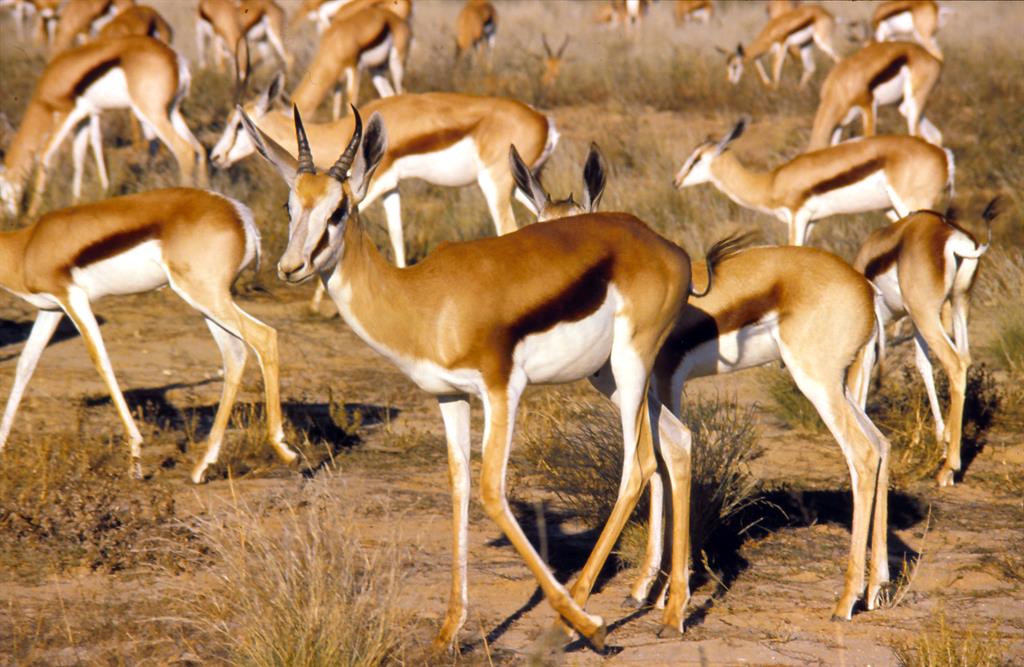
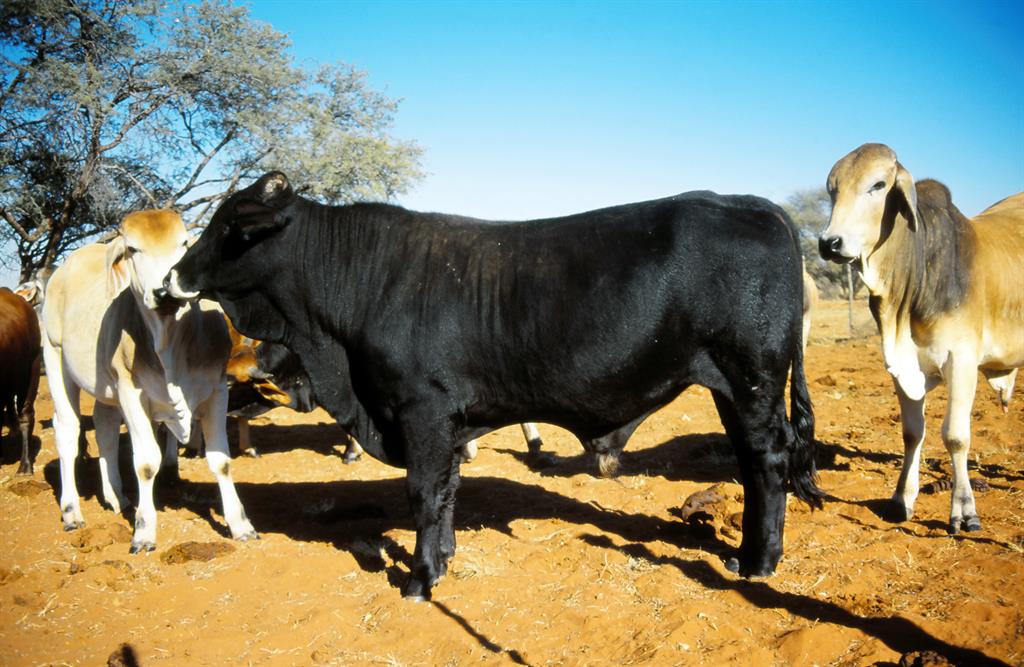

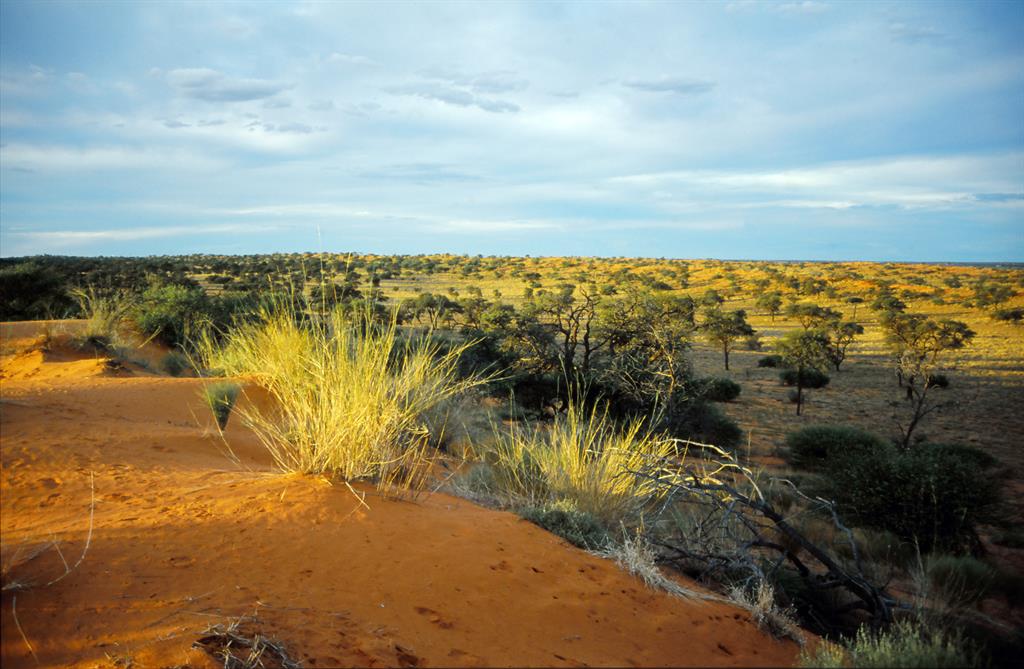
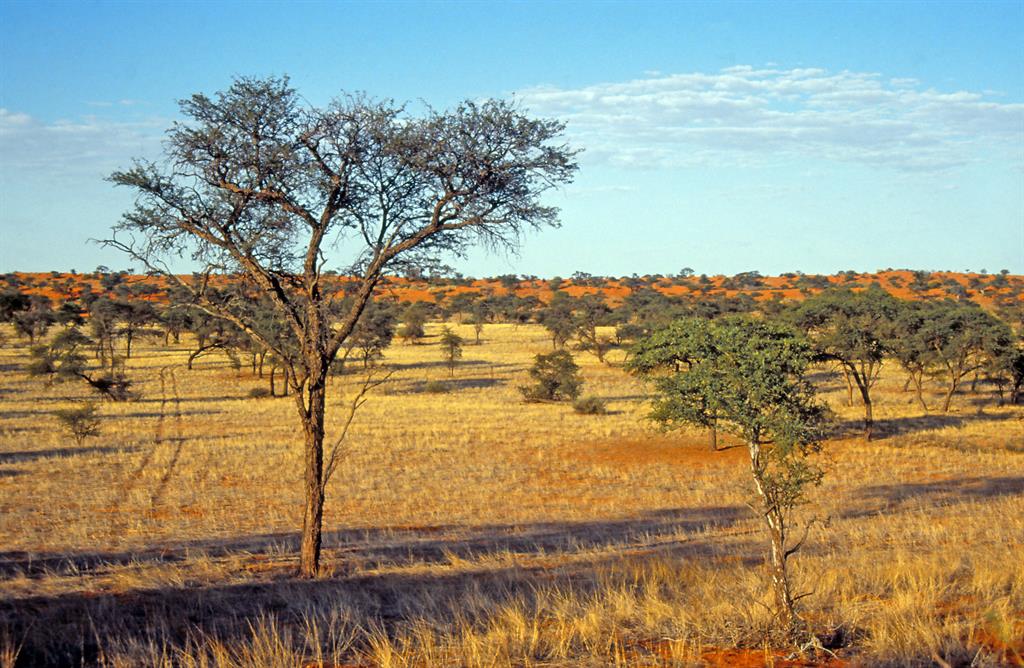
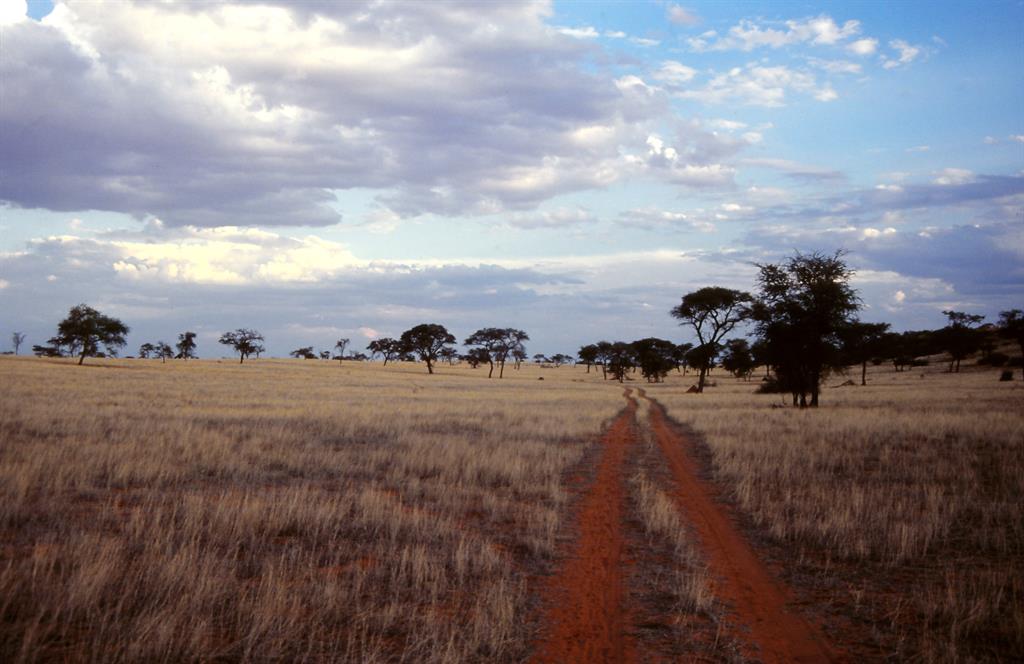
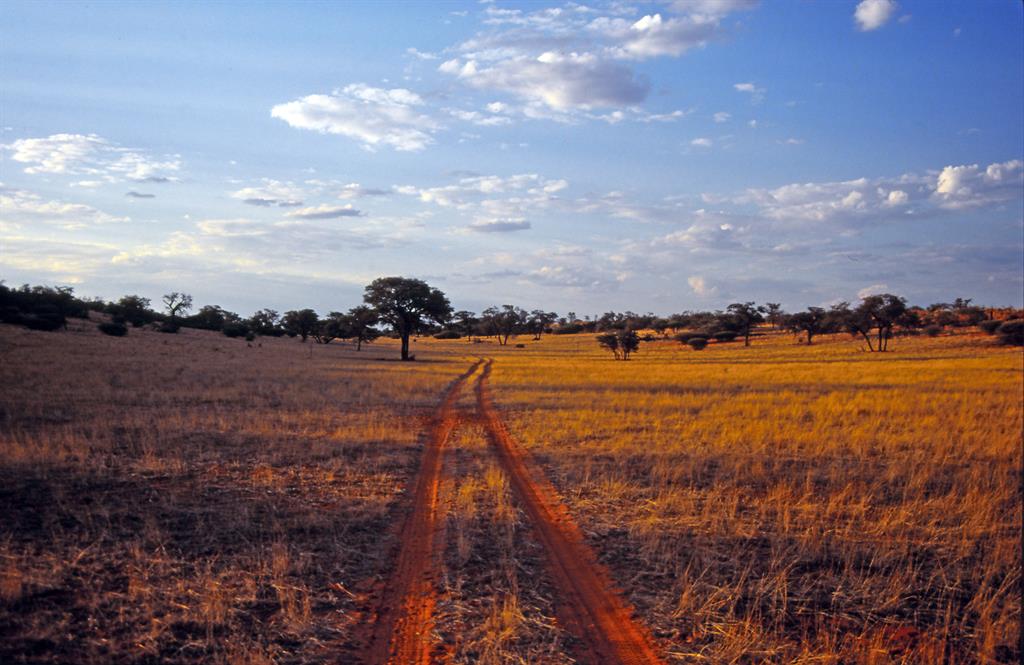


Kommentar
Allgemeine Zeitung
Zu diesem Artikel wurden keine Kommentare hinterlassen